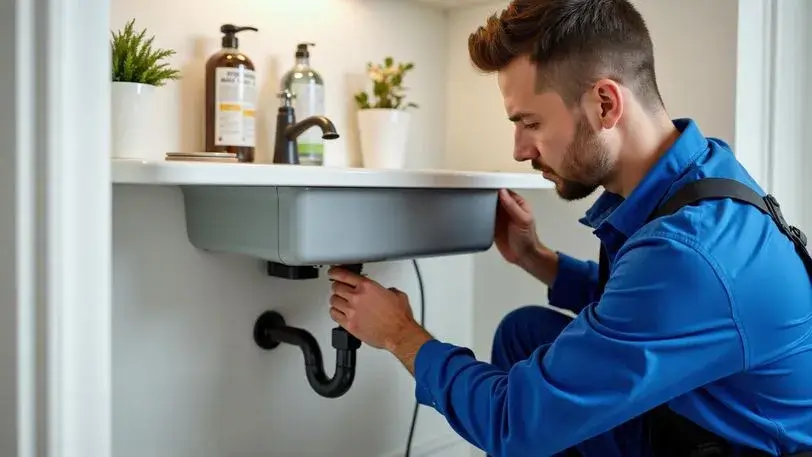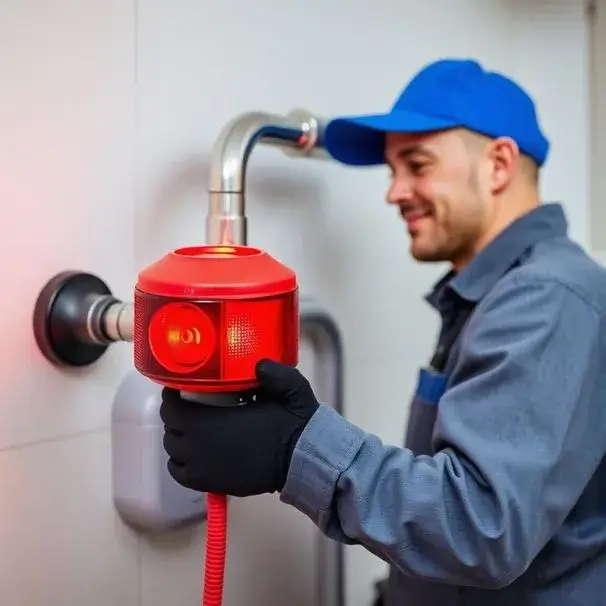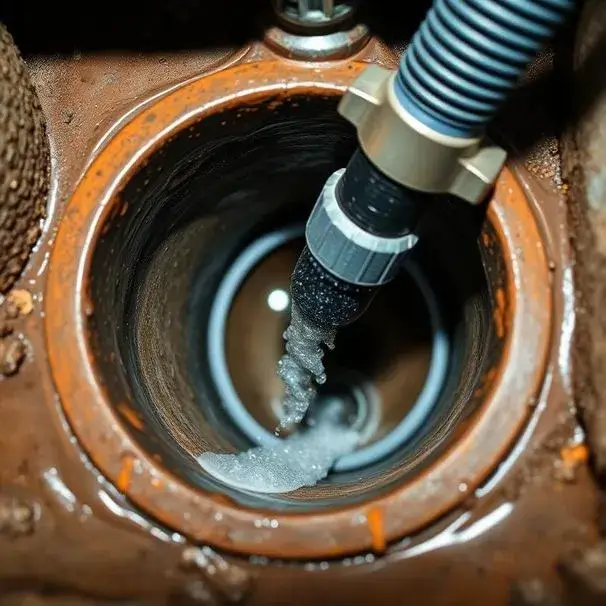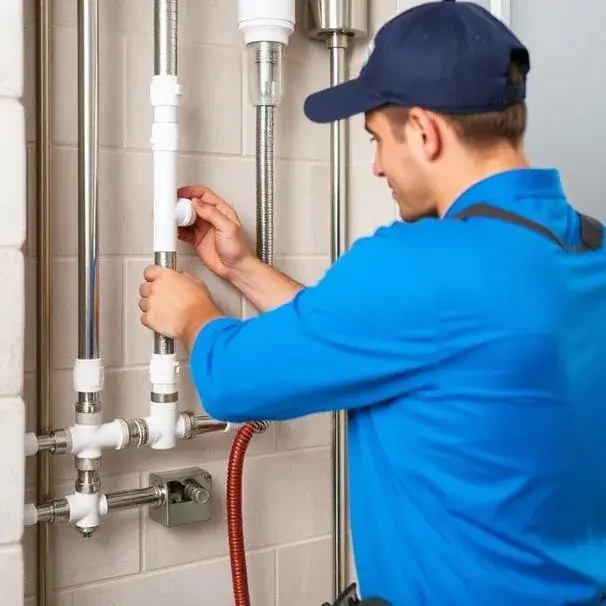Professional Plumbing Services
Expert Plumbing Solutions You Can Trust
24/7 Emergency Repairs • Reliable Service • Licensed & Insured
Our highly experienced plumbing technicians will quickly diagnose and solve your plumbing issues. We offer reliable repair, replacement, and installation services for a wide variety of plumbing systems and components.

Licensed & Insured
Fully certified professionals
24/7 Availability
Emergency service anytime
Experienced Team
Years of expertise
Quality Work
Satisfaction guaranteed
Our Plumbing Services
From emergency repairs to complete installations, we provide comprehensive plumbing services for your home or business.
Frequently Asked Questions
Find answers to common questions about our plumbing services
Residential and commercial plumbing including emergency repairs, drain cleaning, water heater repair and replacement, leak detection and repair, sewer line service, repiping, fixture installation, gas line work, camera inspections and hydro‑jetting in Santa Ana and surrounding Orange County cities.
Yes. All technicians are licensed, insured, and background screened. They carry the tools and parts needed to diagnose problems and complete most repairs on the first visit.
Yes. Emergency dispatch is available 24/7 for issues like burst pipes, major leaks, sewer backups, and water heater failures. Response time varies by demand and location.
Costs vary widely depending on the issue, parts required, and accessibility. The plumber can provide a phone estimate and a written on-site estimate before any work begins so you know the price upfront.
Shut off the main water valve to stop flooding, turn off power to affected areas if safe, avoid using water appliances, and clear the work area. If you smell gas evacuate the building and contact the gas company and emergency services.
Yes. Most repairs include a workmanship guarantee and parts warranty. Warranty terms vary by job and parts manufacturer, so ask the technician for specific coverage details.
Yes. Camera inspections diagnose root intrusion, blockages, and pipe damage. Hydro‑jetting clears heavy grease, roots, and mineral buildup when traditional snaking is insufficient.
Yes. The network can coordinate commercial repairs, regular maintenance programs, and new construction or remodeling plumbing work with project estimates and scheduling.
Most technicians accept cash, major credit cards, and mobile payments. Financing or payment plans may be available for larger jobs through third‑party providers; ask when you schedule service.
Need Plumbing Services Right Now?
Our team is standing by 24/7 to help with your plumbing emergency
Call Now: +1-844-578-2593

